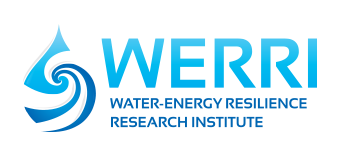Dr. Kenneth H. Williams is a Staff Geological Scientist and Program Lead for Environmental Remediation and Water Resources Program in the Climate and Ecosystem Sciences Division of the Lawrence Berkeley National Laboratory in Berkeley, California. He received a B.A. in Geology, an M.S. in Geophysics, and a Ph.D. in Environmental Science, Policy & Management from the University of California, Berkeley. He is the author or co-author of 110+ peer-reviewed publications and currently serves as an associate editor of JGR-Biogeosciences. He is a pioneer in the field of biogeophysics, with a particular emphasis on the development of minimally invasive techniques for characterizing the subsurface activity of microbial communities and the end products of their metabolism. His current research interests include seasonal variations in redox-sensitive elements, such as C, N, S, Fe, and Mn, issues impacting the long-term mobility of contaminant metals in the subsurface, and the coupling of hydrological and biogeochemical processes that impact both. He currently serves as the Deputy Lead and Chief Field Scientist of Berkeley Lab’s Watershed Function Scientific Focus Area based near Crested Butte, Colorado (USA), which addresses questions pertaining to the ability of mountains watersheds to retain and release water, nutrients, carbon, and metals in the face of climate perturbation and climate extremes. In this capacity, Dr. Williams is tasked with overseeing and integrating the field research activities of a multi-disciplinary, multi-institutional team of researchers (National Laboratory, University, Industry) that span the continuum of spatial scales from pore to catchment. Accomplishing these goals requires a deep knowledge of a broad range of topics within earth system sciences, including catchment hydrogeochemistry, ecohydrology, microbe-mineral interactions, redox cycling of biologically critical elements within sediments, streams, and groundwater, and the underlying biological pathways and proxy signatures (e.g. gene and protein expression) associated with both.

 Alison Williams
Alison Williams 
